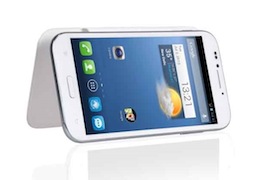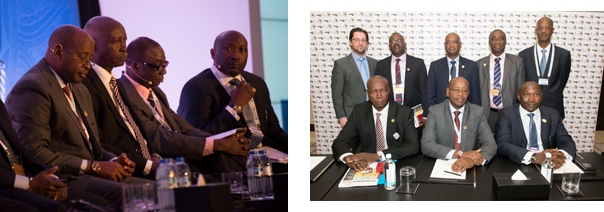According to the latest research from Strategy Analytics, global smartphone shipments fell 3 percent annually to reach 335 million units in Q1 2016. It is the first time ever in history the global smartphone market has shrunk on an annualized basis.
Samsung maintained first position with 24 percent global smartphone marketshare.
Linda Sui, Director at Strategy Analytics, said, “Global smartphone shipments fell 3 percent annually from 345.0 million units in Q1 2015 to 334.6 million in Q1 2016. It is the first time ever since the modern smartphone market began in 1996 that global shipments have shrunk on an annualized basis. Smartphone growth is slowing due to increasing penetration maturity in major markets like China and consumer caution about the future of the world economy.”
Neil Mawston, Executive Director at Strategy Analytics, added, “Samsung shipped 79.0 million smartphones worldwide in Q1 2016, dipping 4 percent annually from 82.7 million units in Q1 2015. Samsung maintained first position with 24 percent share for the quarter, broadly around the same level as a year ago. Samsung’s new Galaxy S7 flagship and its popular J series models are helping to hold steady its smartphone leadership. Apple fell 16 percent annually and shipped a disappointing 51.2 million smartphones worldwide in Q1 2016. Apple’s global smartphone marketshare has softened from 18 percent to 15 percent in the past year. Apple is facing iPhone fatigue and pressure is mounting for Apple to innovate a new wow design beyond its standard rectangle formfactor.”
Woody Oh, Director at Strategy Analytics, added, “Huawei maintained third position with 8 percent global smartphone marketshare in Q1 2016, up from 5 percent a year ago. Huawei grew 64 percent annually to ship an impressive 28.3 million smartphones worldwide in the quarter. Huawei is closing the gap on Apple, but Huawei itself is now being chased hard by ambitious rivals like OPPO and Vivo.”
Linda Sui, Director at Strategy Analytics, added, “OPPO shipped 15.5 million smartphones and soared to fourth position with 5 percent global smartphone marketshare in Q1 2016. OPPO has been well known in the smartphone industry for several years, but it is finally breaking into the wider public consciousness with its popular range of 4G models like the R9 across Asia and elsewhere.
Xiaomi maintained fifth place with 4 percent global smartphone marketshare in Q1 2016. Xiaomi remains under pressure from OPPO, Vivo and others across Asia, while it is still very weak in North America and Western Europe and the vendor will need to target these regions more aggressively if it wants to catch Huawei and others in the future.”










